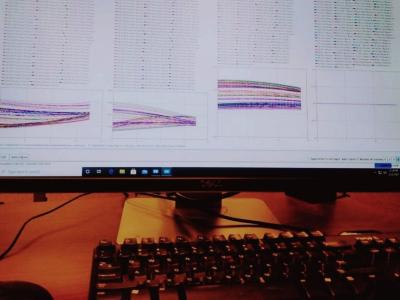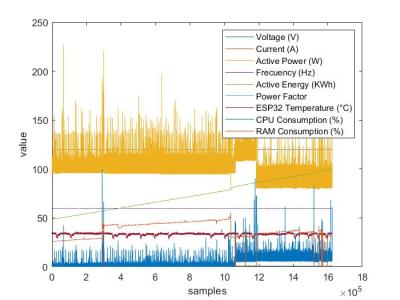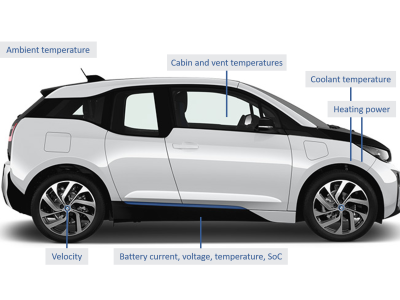Supporting Information-Corresponding to the Original Data Utilized in this Research Manuscript

- Citation Author(s):
-
Stephen Bayne
- Submitted by:
- Laura Arce Polanco
- Last updated:
- DOI:
- 10.21227/9293-gs57
- Data Format:
- Links:
Abstract
This study focuses on the ability of inverters to restart the grid after a blackout, known as black start. This study used two different electrical distribution systems, such as IEEE 123 and K1, to integrate Self-synchronized Universal Droop Controller (SUDC)-based inverters. A 300- and 600-node system was built based on the IEEE 123 and K1 test grid in a real-time simulator. This study included a strategy for planning high penetration of renewable energy using grid-forming inverters for a reliable and resilient supply of electricity for critical loads. The methodology of the study follows the design and the operability of the SUDC in two large-scale models. This study is focused on black-start capability for some critical loads. This work demonstrated the results for black-start capability within 0.4s and 1s with voltage overshoot less than 5% for IEEE 123 and K1, respectively. Other results, such as a voltage variation of ±5% and a frequency variation of ±0.5% were validated. The SUDC has effectively shown that it can be integrated into large-scale grid configurations to supply critical loads power after a blackout.
Instructions:
Supporting Information-Corresponding to the Original Data Utilized in this Research Manuscript
The present document shows every original data used in our research paper.
Instructions & notes detailed:
1. The database we used contains supplementary data loads in a 600-node distribution system.
2. Each bus connection was named in OpenDSS, bus name in branches 1 and 2, single-phase and 3-phase buses location, node number for every load were specified.
3. The model specifications for the K1 with 600 nodes derived from the 1200 node system modeling were detailed through two branches with each bus name associated with a code from OpenDSS.
4. We built a route with 600 nodes using branch 1 and branch 2 as a single electrical distribution system where we placed 60 SUDC-based inverters connected to 60 loads.
5. We showed a zoom-in of the connection between two buses through a transmission line, where one of these single buses contains a load (RL).
6. The data shows the schematic of the 600-node system modeled in the real-time simulator without loads. Furthermore, we illustrated the schematic of the 600-node system with 60 SUDC-based inverters modeled in the real-time simulator with loads.
7. Finally, we added the results of the validation of black start capabilities of 60 SUDC-based inverters in Hypersim. Four results of the functionality of the inverters were obtained: reactive power, voltage, active power, and system frequency.
 89 views
89 views








